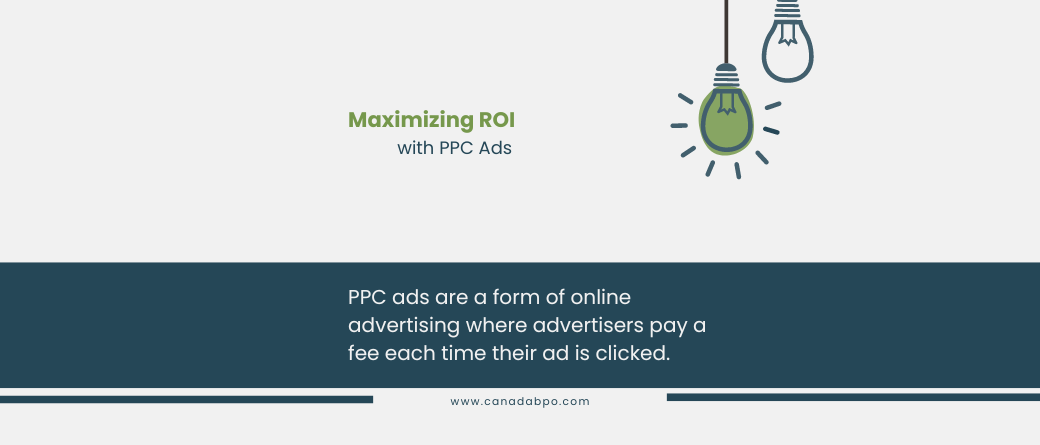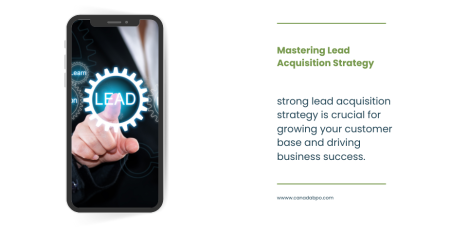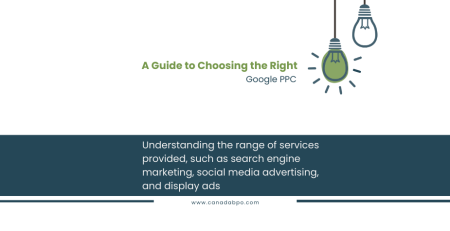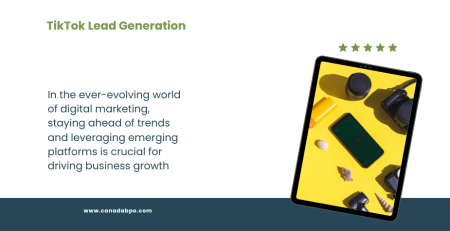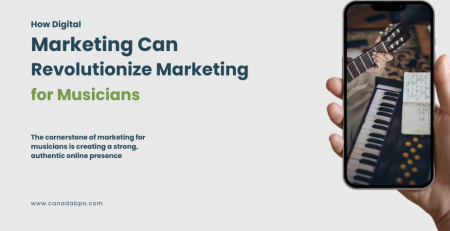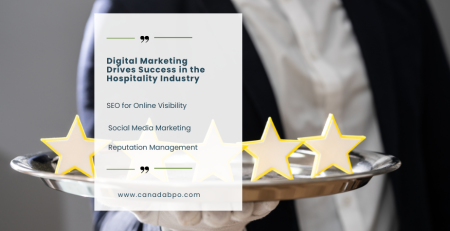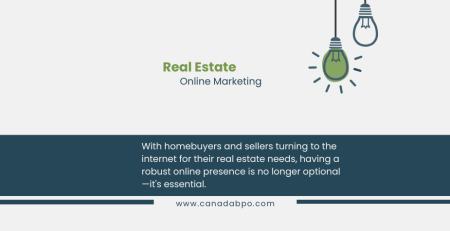Pay-per-click (PPC) advertising has become an essential tool for businesses aiming to drive traffic, generate leads, and boost sales online. Whether you’re new to digital marketing or looking to refine your strategy, PPC ads can offer a fast and effective way to reach your target audience. This blog post will explore what PPC ads are, why they matter, and how to optimize them for maximum return on investment (ROI).
What are PPC Ads?
PPC ads are a form of online advertising where advertisers pay a fee each time their ad is clicked. These ads can appear on search engines like Google, social media platforms, or websites within ad networks. The goal is to direct traffic to a website or landing page, where users can take a specific action, such as making a purchase, signing up for a newsletter, or downloading a resource.
Why are PPC Ads Important?
- Immediate Visibility:
- Explanation: PPC ads allow businesses to appear at the top of search engine results or on popular platforms quickly.
- Impact: Unlike organic strategies that take time to yield results, PPC ads provide immediate exposure to your target audience, leading to faster traffic generation.
- Targeted Advertising:
- Explanation: PPC ads offer advanced targeting options, allowing advertisers to reach specific demographics, locations, and even behavior patterns.
- Impact: Targeted advertising ensures that your ads are shown to users most likely to be interested in your products or services, increasing the chances of conversion.
- Cost Control:
- Explanation: With PPC, advertisers have control over their budgets, bids, and how much they’re willing to spend per click.
- Impact: The ability to set daily or monthly budgets ensures that your spending aligns with your financial goals, reducing the risk of overspending.
- Measurable Results:
- Explanation: PPC platforms provide detailed analytics and reporting, allowing advertisers to track the performance of their campaigns in real time.
- Impact: Measurable results enable businesses to evaluate their ROI, identify successful strategies, and make data-driven decisions for future campaigns.
Types of PPC Ads:
- Search Ads:
- Explanation: These ads appear on search engine results pages (SERPs) when users search for specific keywords.
- Example: A local bakery might run PPC search ads targeting keywords like “best bakery near me” or “order custom cakes online.”
- Display Ads:
- Explanation: Display ads are visually-driven ads that appear on websites, blogs, or apps within a display network.
- Example: A software company might use display ads featuring eye-catching images and promotional offers to attract business users browsing industry blogs.
- Social Media Ads:
- Explanation: PPC ads on social media platforms like Facebook, Instagram, LinkedIn, and Twitter allow businesses to reach users based on their social behavior, interests, and demographics.
- Example: A fashion retailer might create social media PPC ads targeting users interested in specific clothing styles or trends.
- Shopping Ads:
- Explanation: Shopping ads showcase individual products directly on search engine results pages or shopping networks.
- Example: An online electronics store could run shopping ads that display images, prices, and reviews of their latest gadgets.
- Video Ads:
- Explanation: PPC video ads, often run on platforms like YouTube, allow advertisers to engage users with dynamic content.
- Example: A fitness brand might create a video ad campaign showcasing workout routines or testimonials from satisfied customers.
How to Optimize PPC Ads for Maximum ROI:
- Conduct Keyword Research:
- Explanation: Choosing the right keywords is essential for targeting the right audience. Use tools like Google Keyword Planner to find high-traffic, relevant keywords for your campaigns.
- Action: Focus on long-tail keywords that are specific and less competitive to drive more qualified leads at a lower cost-per-click (CPC).
- Create Compelling Ad Copy:
- Explanation: Your ad copy should be concise, engaging, and include a clear call-to-action (CTA) that encourages users to click.
- Action: Use action-oriented language and highlight the benefits of your product or service to attract clicks.
- Optimize Landing Pages:
- Explanation: The landing page users are directed to after clicking your ad should be relevant to the ad and optimized for conversions.
- Action: Ensure that your landing page is visually appealing, loads quickly, and has a clear CTA that guides users toward the desired action.
- Set a Competitive Bid Strategy:
- Explanation: Bidding effectively is key to getting your ads in front of the right audience without overspending. Choose the bidding strategy that aligns with your campaign goals, whether it’s maximizing clicks, impressions, or conversions.
- Action: Regularly monitor your bids and adjust them based on performance to optimize your budget and ad placements.
- Monitor and Adjust Campaigns:
- Explanation: PPC campaigns require ongoing management and optimization to maintain performance. Regularly review metrics like click-through rates (CTR), conversion rates, and cost-per-acquisition (CPA) to make data-driven adjustments.
- Action: A/B test different ad variations, adjust keyword targeting, and refine your bid strategy to continuously improve results.
PPC ads offer businesses a powerful way to achieve fast, targeted results in the digital marketing landscape. By understanding the different types of PPC ads, optimizing your campaigns, and using data to drive decisions, you can maximize your ROI and reach your business goals. Whether you’re new to PPC or looking to enhance your existing strategy, following these best practices will help you make the most of your advertising budget.
Ready to take your PPC campaigns to the next level? Contact us today for expert guidance and customized strategies that will help you achieve better results with PPC ads.
